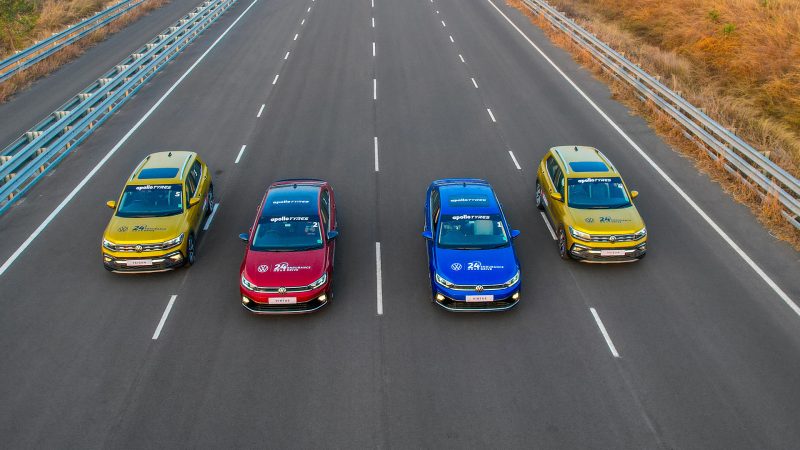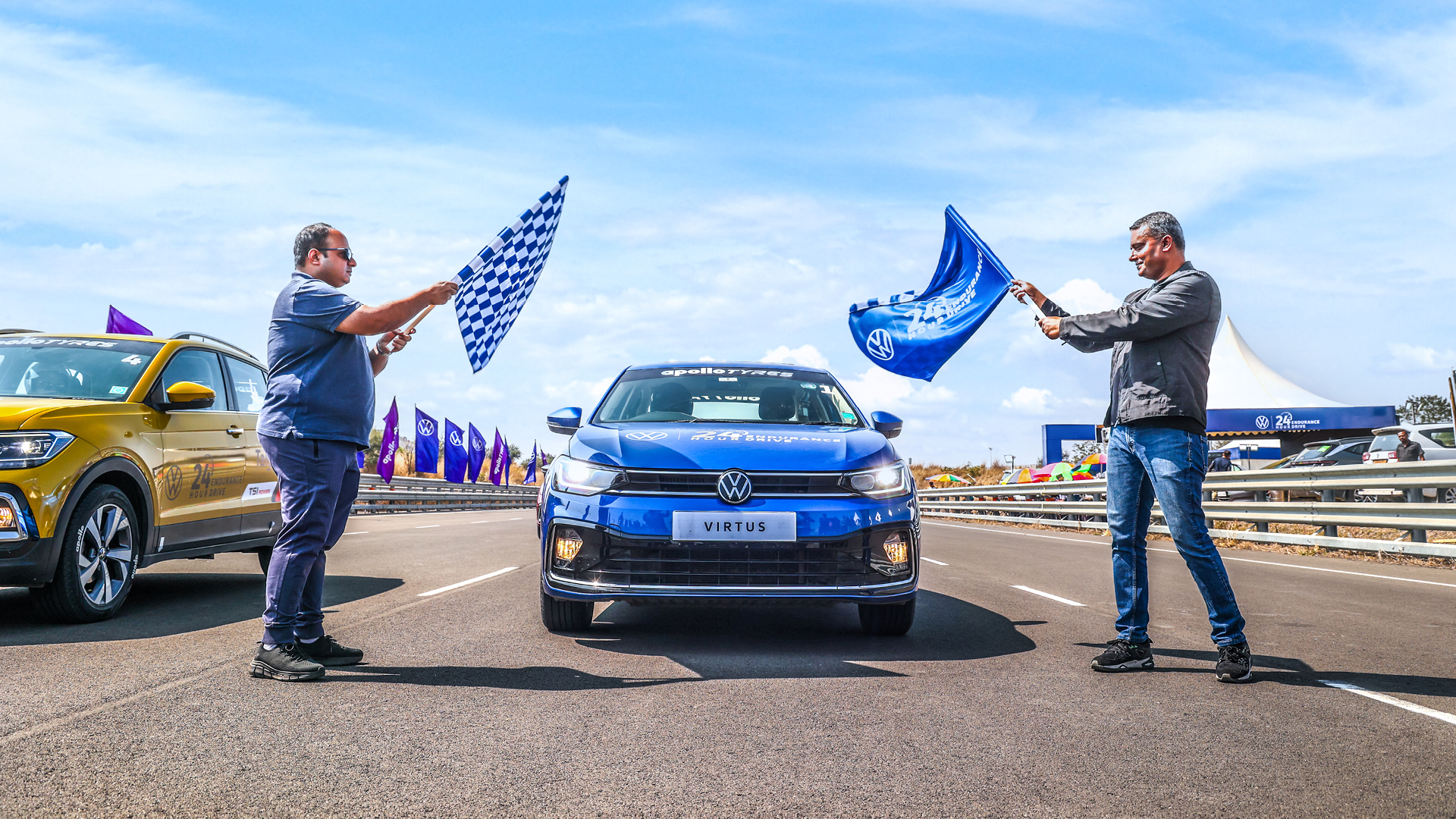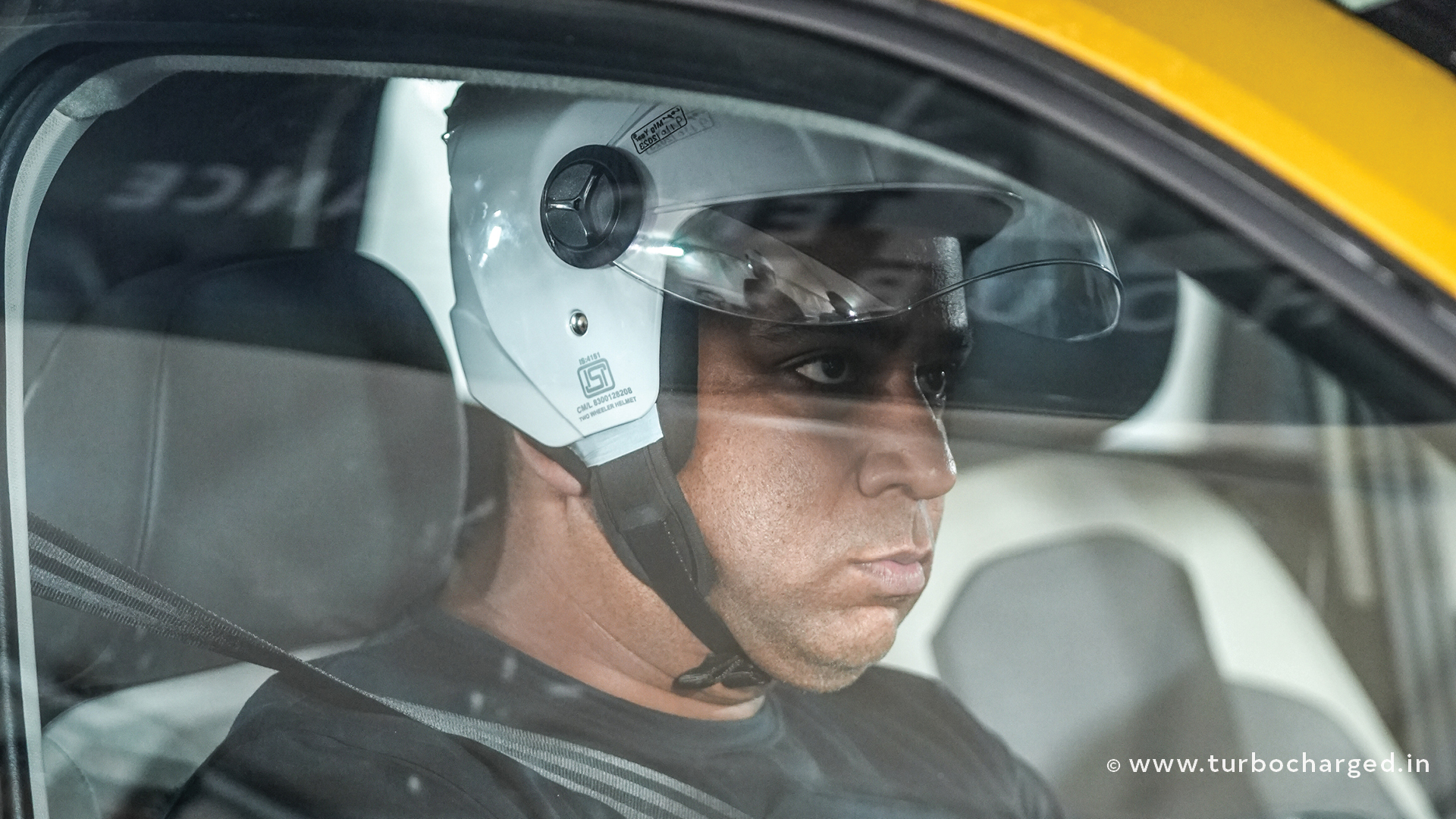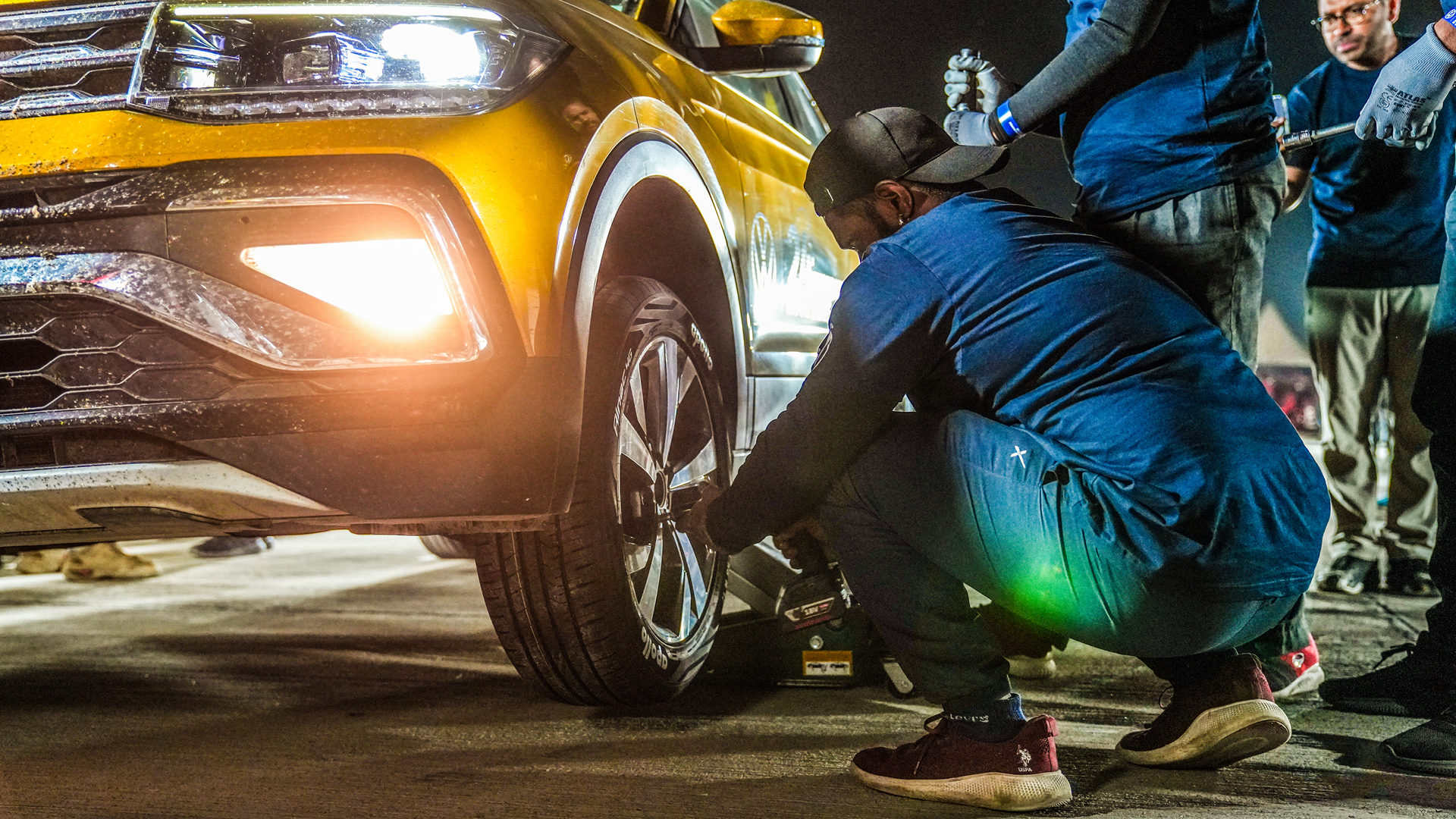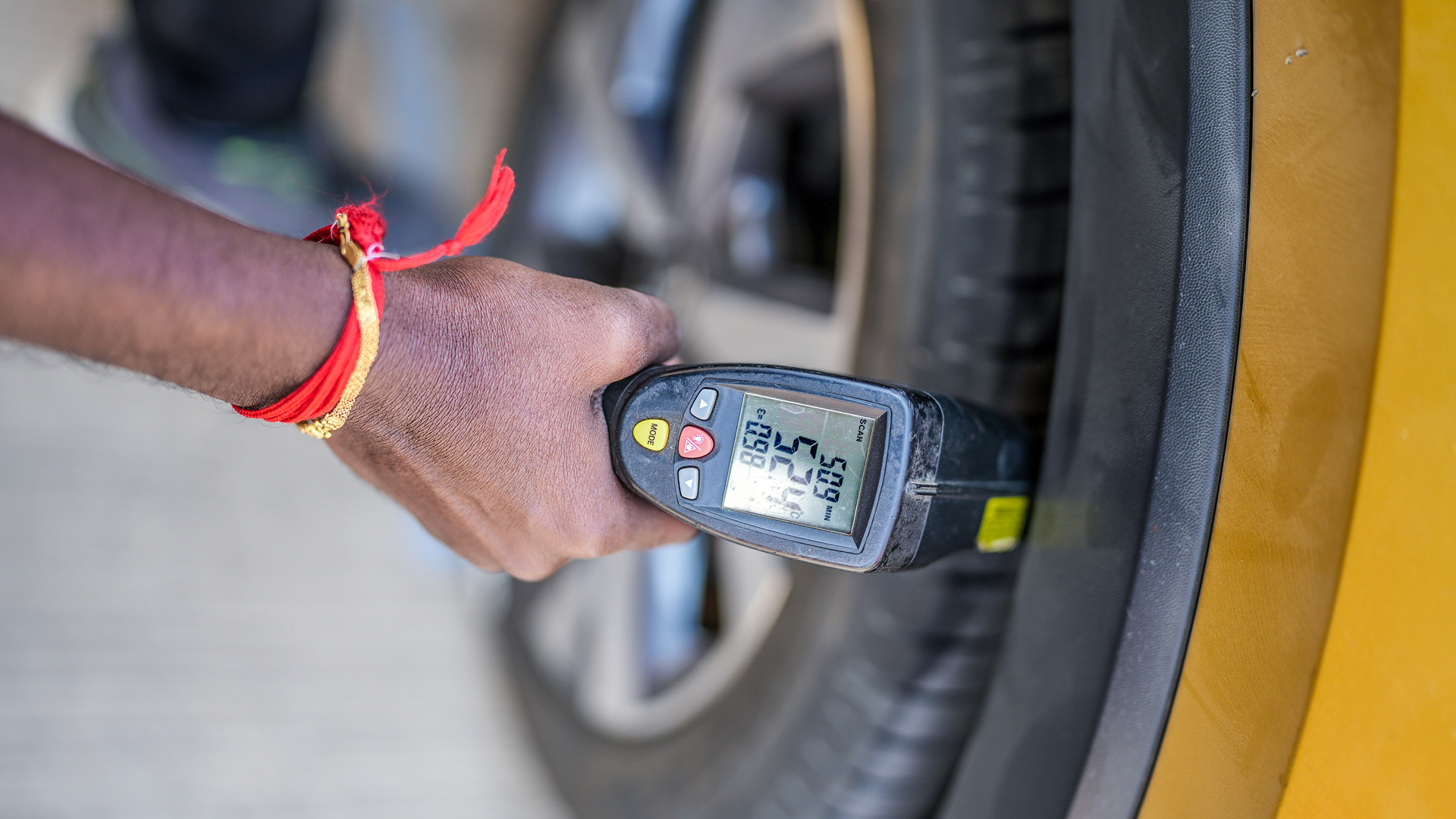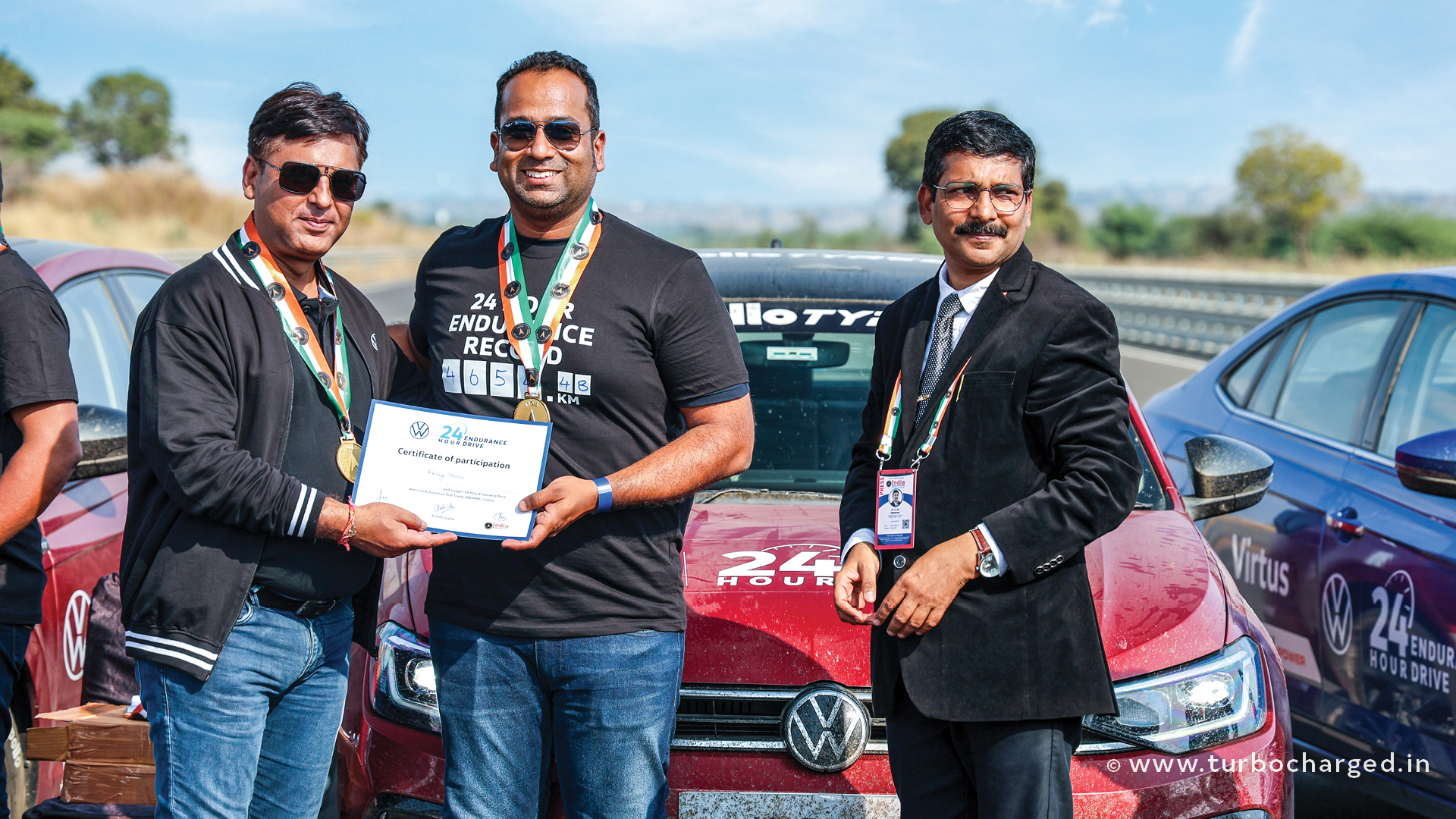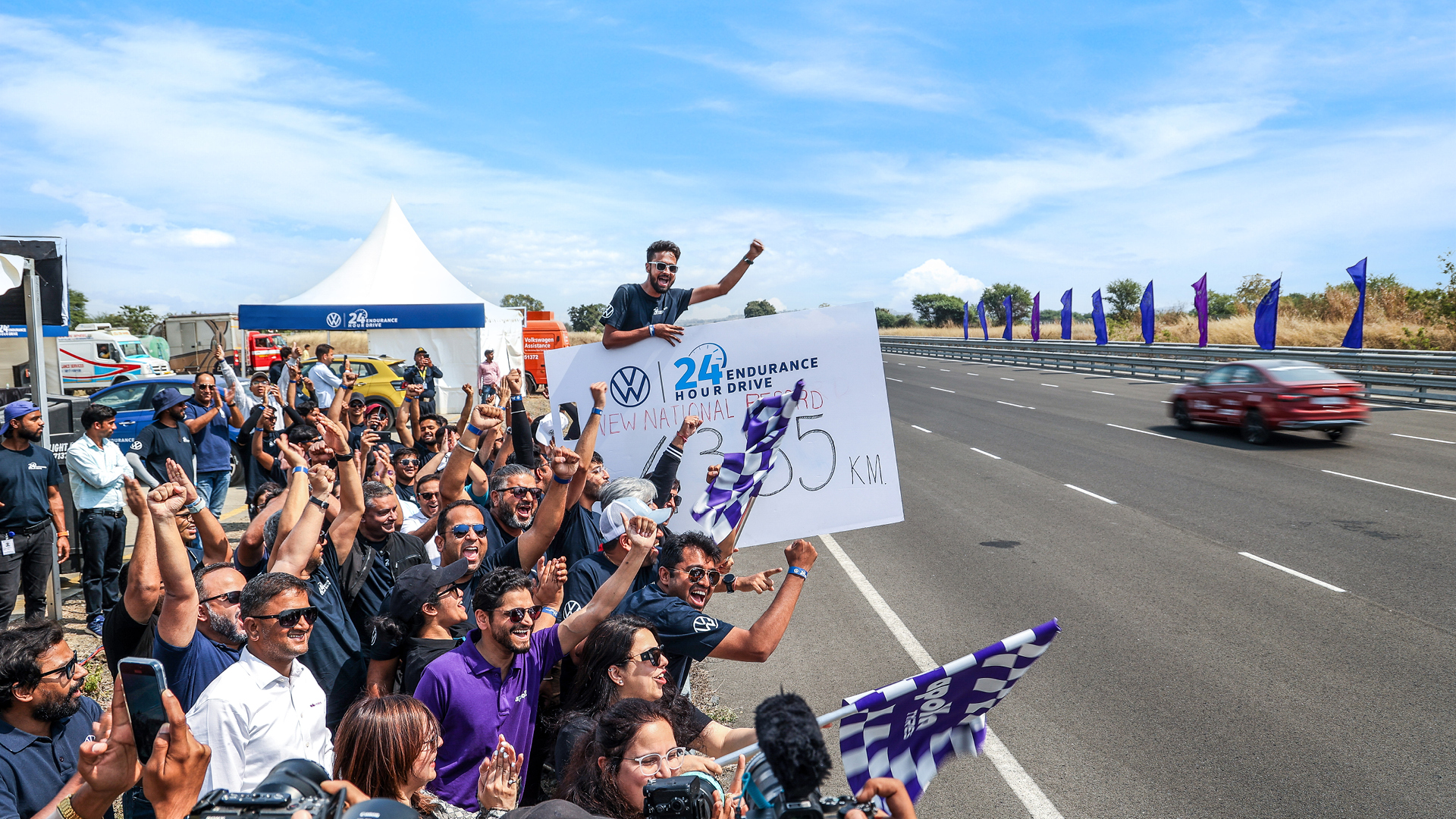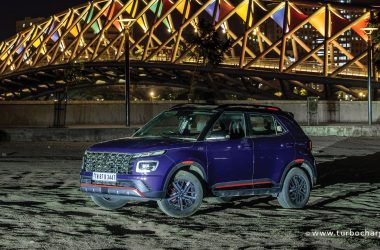You can put ‘pedal to metal’ for hours at a stretch on a simulator, but you can’t do that in the real world, can you? Now, how about doing that for a full 24 hours? 24 hour endurance racing is one of the toughest, most challenging forms of circuit racing. And like most forms of motorsport, endurance racing is a crucial test bed for developing technology for road cars for manufacturers. On the other hand, 24 hour endurance runs help manufacturers establish the solidness of their cars’ engineering, besides establishing reliability of the products to prospective buyers. And as a petrolhead, any opportunity to be a part of such a 24 hour endurance run is one I’m willing to give an arm and leg for. Why? Because while it is extremely enduring, at the same time it’s also an experience that has your adrenaline pumping for more than those 24 hours.
I’ve been part of several 24 hour endurance runs over the years and like I said, it’s an opportunity I’m never missing. So when Volkswagen India invited me to join in its attempt to set new endurance records with its Taigun and Virtus, I just had to go. Now, the Taigun and Virtus are cars we are extremely fond of at TURBOCHARGED. Not just because they’re powered by turbocharged petrol engines or because they’re sporty and fun to drive, but also because we celebrated our second anniversary (January 2023) with the duo, driving them from Kashmir to Kanyakumari and from Gujarat to Arunachal Pradesh. Of course, both cars passed the acid test of being driven across India’s length and breadth with flying colours!
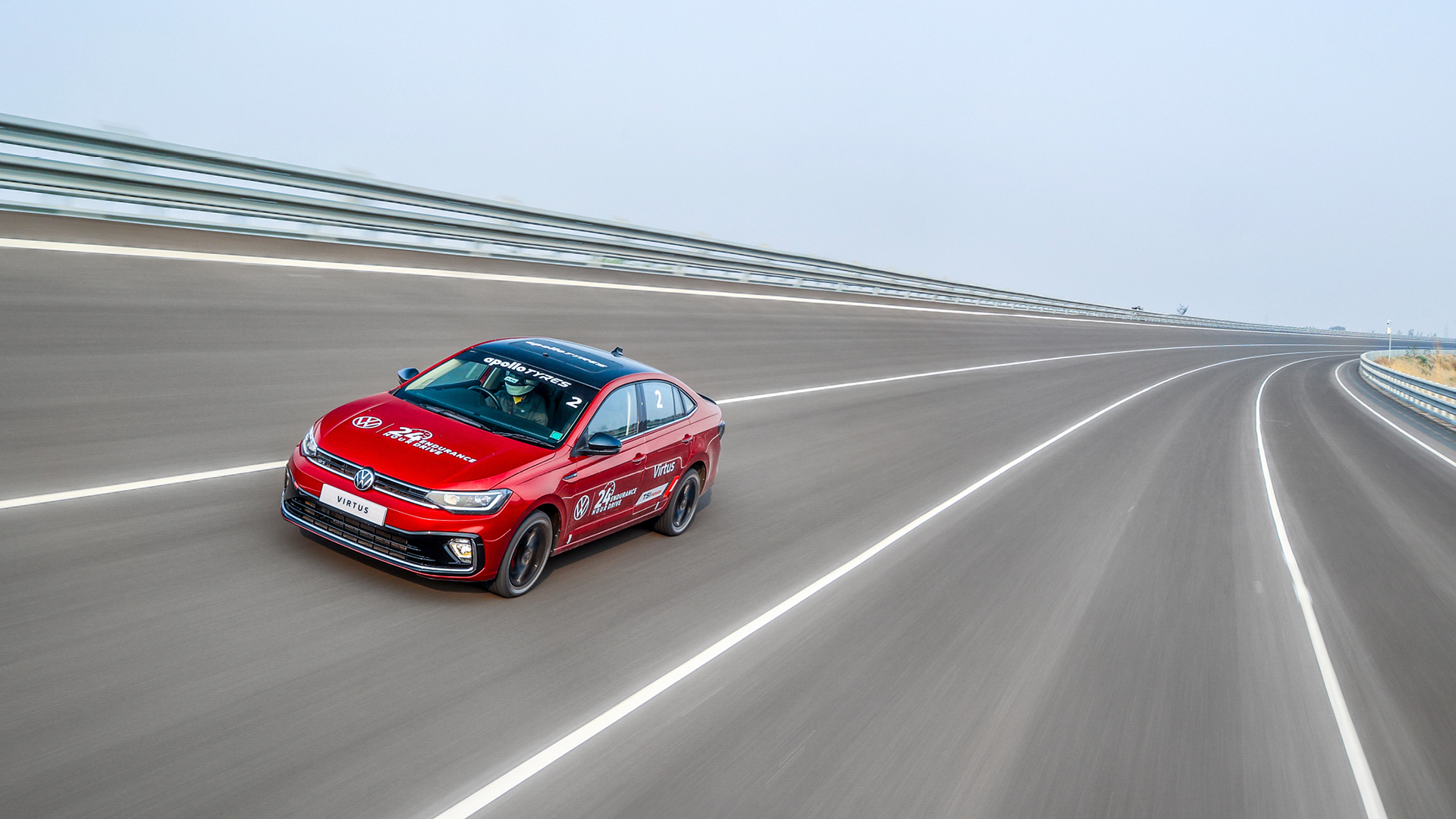
Now, Volkswagen’s attempt to set 24 hour records meant the 1.0 TSI and 1.5 TSI engines would again be put to the test. And the fact that Volkswagen was attempting these records at NATRAX at Pithampur near Indore, which is home to Asia’s longest test track at 11.3km, was a big deal. This is a test track where I’ve hit nearly 300kmph previously and to drive the Volkswagens at over 200kmph, nonstop, sounded very inviting. Volkswagen India was attempting multiple records and our team of drivers, including fellow journalists, race and rally drivers and test drivers, was split across cars. One 1.0-litre TSI engine powered Taigun was to be driven at 55kmph to eke out the maximum possible fuel efficiency, while a Virtus 1.0 TSI be driven at a shade under flat out, running the same set of tyres for 24 hours!
Two Virtus GTs attempt the maximum distance record going flat-out and so would a Taigun with the 1.0-litre TSI engine. I was on the roster for this Taigun, attempting to set the maximum distance record for a car powered by sub-1,000cc engine, given its displacement of 999cc. A full-fledged team was manning pit stops, refueling the cars, cleaning windscreens, checking tyre temperature and more each time a car came in, and the pit garage was bursting at its seams with adrenaline. My first stint was around 5pm and being out on the track, right foot buried firmly into the floor was easy-peasy. The speedometer was constantly indicating above 195kmph, even around the oval’s curves, without any need to back off the gas.
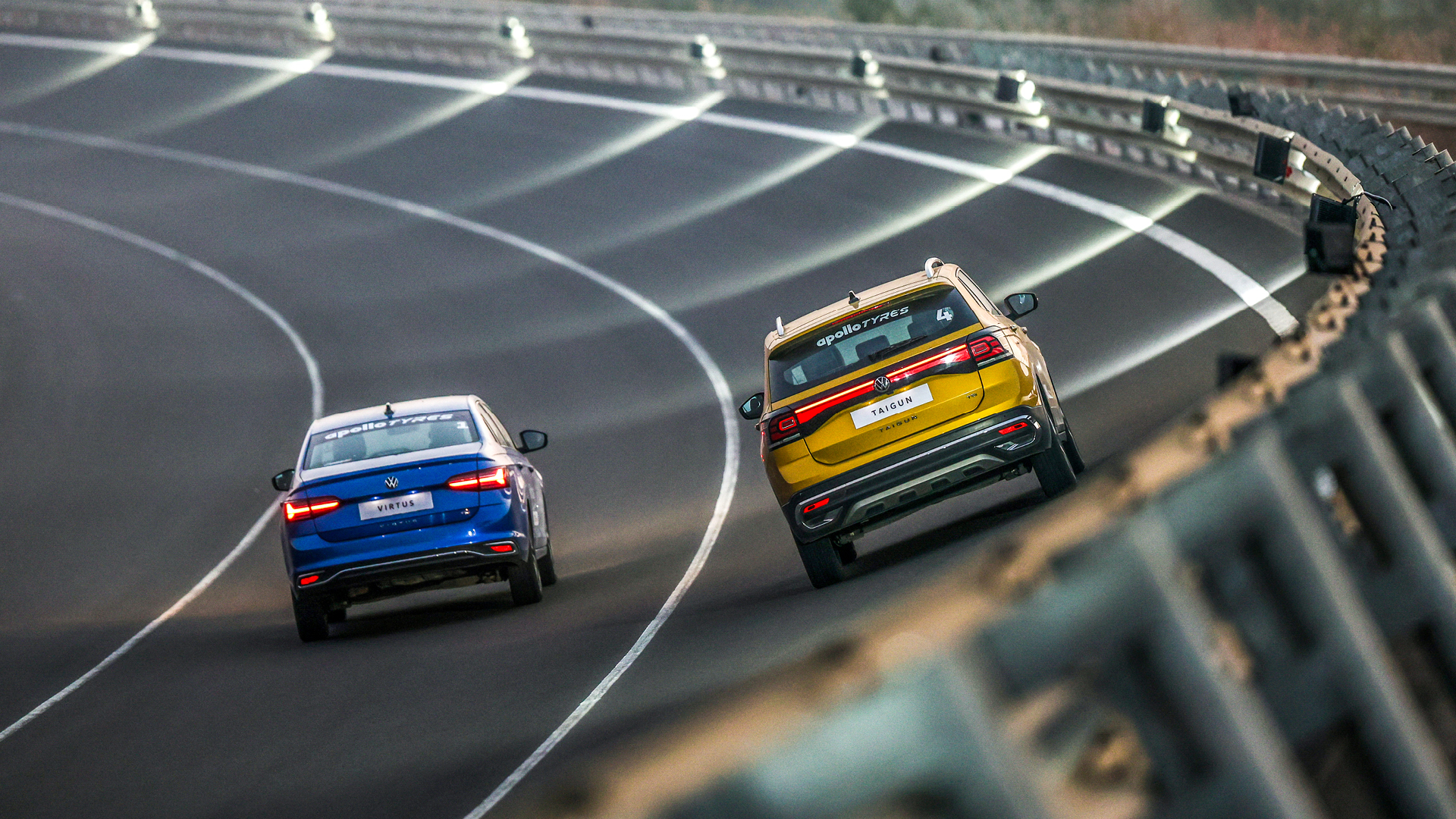
And that’s because the Taigun reeks of the solid German engineering Volkswagen is known for, while being engineered for a country like ours. It felt rock steady and was reeling in the laps effortless, bearing testimony to the 1.0-litre TSI engine’s solidarity. An hour and half into my stint the fuel gauge was down enough for the low fuel light to come on and I pitted for a driver swap. I was feeling as fresh as ever though and could have done another stint, had it not been for the fuel being low! My next stint was the ‘graveyard shift’, at around 1am. The dead of the night is the time I’m looking forward to the most when it comes to endurance runs. Everything is at its calmest and it’s just you and car, and an unadulterated focus, with nothing ahead but the car’s headlamps lighting up the track for you!
It was over 12 hours since the run had started, but all cars were running like clockwork – not even breaking a sweat to say so, which was remarkable. Once back from the stint I decided to get some sleep, as my next stint was just before daybreak. And that was an experience in itself, starting off in the dark and then seeing the skies turn lighter, then orange and finally the sun rising – all while you’re sitting at 200kmph! By then it was as clear as the day that had dawned in front of us that we’d break the previous record hours before 24 hours were up. And we did. And finally when the time was up, our Taigun had done 4,423.82km, while the Virtus GT had covered 4,654.48km – the new national record! The Virtus 1.0 TSI had done 4,357.21km – on the same set of tyres, while the other Taigun 1.0 TSI had done 1,305km, while delivering a stonking 29.8kmpl! Talk about having your cake and eating it too!





